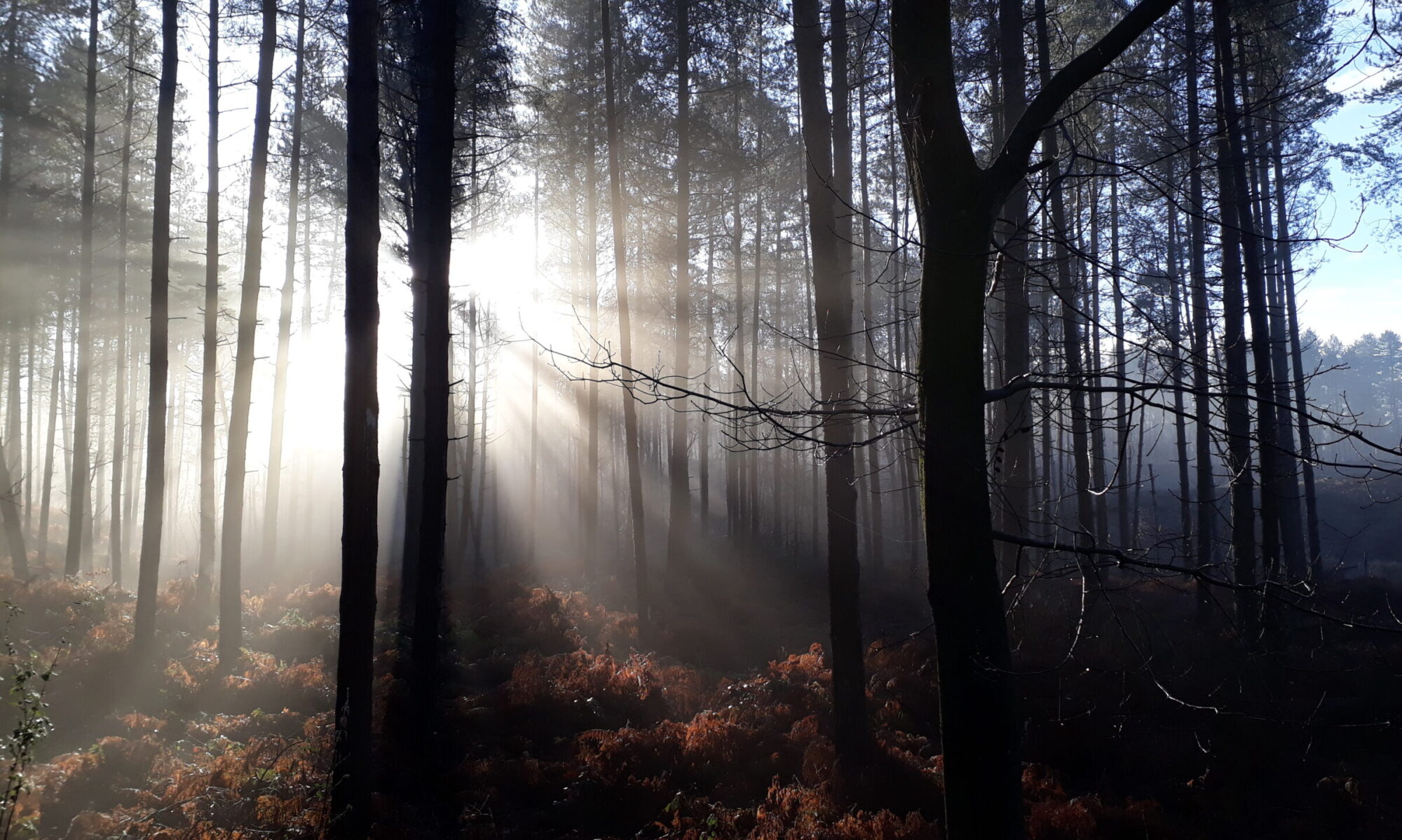I woke to snow this morning. A bright day with moisture droplets sparkling on the lime trees opposite my house. A cold day with the thermometer down to 14C in my living room. And I have turned to my to-do list, as is appropriate for that January feeling of new beginnings, putting things into place while I wait for a hint of spring in the air. Today that meant a bit of light painting as I prepare to sell this house and then the search for a suitable room in which to meet therapy clients.

That’s the big news. I completed a Postgraduate Diploma in Psychotherapeutic Counselling at Staffordshire University and I’ve gone on to begin my Masters research with them. I primarily want to work with clients outdoors, bringing all the healing of nature into the work. But even I understand that torrential rain or gale-force winds may not be conducive to therapeutic conversations. So I’m looking for a room to hire for when we’d rather have a comfy seat and a roof.
I didn’t quite know what would happen to my outdoor work – as a forest school leader or as a forest bathing guide – when I began the counselling course. I knew something might have to give but tried to keep it all up to begin with. But I wasn’t really prepared for the overwhelming emotional toll of the course, of the depths of personal reflection and exploration involved. (I’ve since realised I’m probably a highly sensitive person, which explains why I felt that so strongly. See Elaine Aron’s website and books for more!) Forest school work naturally dried up and although I could have gone looking for new sources of work, I let it go. I miss working with children in the woods and I’d love to have the occasional opportunity to do so again. I don’t miss working within school bureaucracies or having a car full of musty tarps and firewood so much.
Forest bathing
My initial model of offering forest bathing sessions or my ‘Forest School for Grown-Ups’ sessions was difficult to manage. They are of necessity small group activities. But that means I often found myself as the dates approached worrying if I would have enough participants. I hated the couple of occasions when I had to let down those who had booked because there just wouldn’t be a big enough group to make it work. So for now I’ve switched this to a bespoke service people can commission me to provide. I can offer individual forest bathing, or tailored sessions for small groups – friends, families, social groups, businesses looking to help staff with self-care and nature’s route to creative thinking. More info here.
Counselling
And in my new role as a counsellor I am offering people the chance to take their therapy outside and benefit from all that nature can offer us. This is a fairly new practice for counsellors that is really starting to become more popular – but it’s also an ancient practice in which we recognise that healing comes only in connection with the bigger world we are part of. For anyone who knows about counselling modalities, I’m person-centred with a dash of integrative. The focus is on providing a nurturing space in which you are fully heard and fully accepted as you are, without judgment. There’s more about my practice and the facility to book an initial inquiry call at Counselling Directory.

